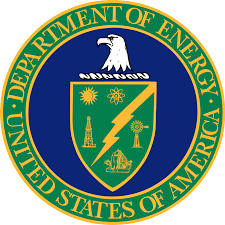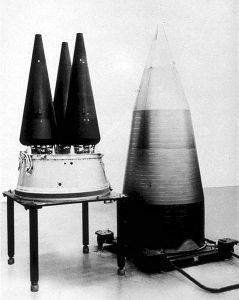Today the Trump Administration released topline budget numbers for fiscal year 2021 for the Department of Energy (DOE). This includes DOE’s semi-autonomous National Nuclear Security Administration (NNSA), whose nuclear weapons programs are slated to receive the highest amount of taxpayer dollars since the Cold War ended nearly 30 years ago.
This year 2020 marks the 75th anniversaries of the atomic bombings of Hiroshima and Nagasaki and the 50th anniversary of the Non-proliferation Treaty (NPT), which is commonly regarded as the cornerstone of international nuclear weapons nonproliferation. The NPT required the established nuclear powers to enter into serious negotiations leading to global nuclear disarmament, which they ignored. 2020 also marks the third anniversary of a nuclear weapons ban treaty that needs only 16 more nations to ratify before it goes into effect. The U.S. and other nuclear weapons powers vigorously oppose that ban treaty even as their “modernization” programs are fueling a new nuclear arms race and international arms control is collapsing.



